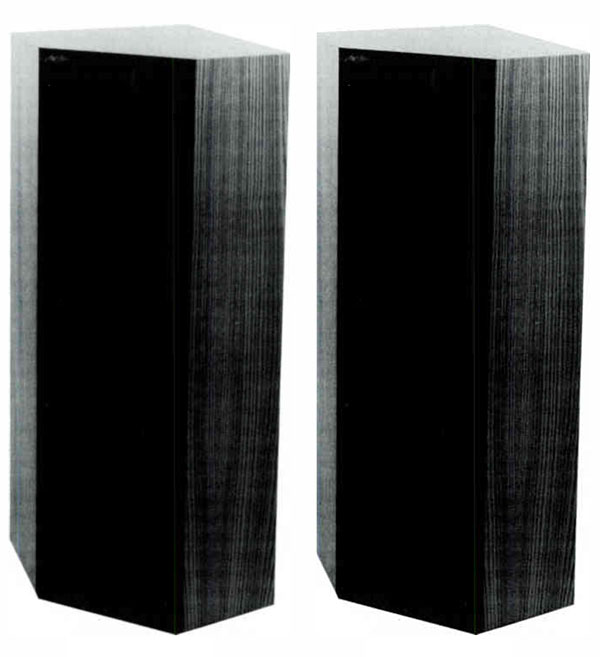The floor to ceiling bass traps, and wall to wall traps
@erik_squires IME for traps to really be effective they have to be mobile as the bass energy changes frequency; IOW they are impractical.
I’ve watched audiophile friends of mine struggle with this issue for decades. When finally introduced to the use of the dreaded DBA they found the the bass traps far more effective.
But of course to really take advantage of this the main speakers either need to be able to handle full frequency bass energy or be crossed over at a lower frequency to prevent excursion on the drivers. IMO this is one of the failings of ’full range’ drivers, since crossovers seem to be almost religiously shunned by their designers and users alike.
IMO, you really don’t want to cross over a woofer much below 500 Hz if using a passive crossover. The caps required for the midrange drivers below that frequency tend to cause too much coloration. Some speaker designers try to get around this problem by not crossing over the midrange driver at all; instead placing it in a very small air tight situation to prevent excursion. IMO/IME this, in a word, sucks. It means amplifier power is being wasted as the voice coil of the midrange is being heated up by bass energy, makes for a more difficult load in the bass (increasing amplifier distortion) and also causes thermal compression.
Crossing over at a higher frequency solves this issue. But if the main speakers are going to 20Hz and the room has regular dimensions standing waves will be a problem. They are 95% of the reason a person would use room correction, but if the standing wave is causing cancellation, there’s nothing room correction can do about it since the amplifier power is being cancelled at the listening position. Even if you have 1000 Watts available you can’t solve a cancellation.
That is why the main speakers really should have woofers that radiate in different directions, particularly if no DBA is planned. That will reduce the tendency to generate standing waves in most rooms.
In my system I use a pair of subs (which I got from Duke) since my main speakers are flat to 20Hz. Without the subs I have severe bass cancellation at the listening position. One sub is directly to the left against the wall and the other is behind and slightly to the right. I have them facing the wall rather than the room so they can take maximum advantage of the room boundary effect in the manner as Duke designed them.
Using a computer you could likely optimize the radiation pattern of the woofers to prevent standing waves and hopefully come up with something attractive at the same time. It may not take that much of an angle to allow the speakers to minimize standing waves, depending on the room.
Snell used to make a speaker called the model B. IMO it was superior to the model A. It employed a woofer firing at an angle towards the wall behind the speaker and was good to 22Hz according to Snell. In my old space these speakers worked extremely well but they were only 89dB. Easy load for a tube amp otherwise and easy for solid state too.



